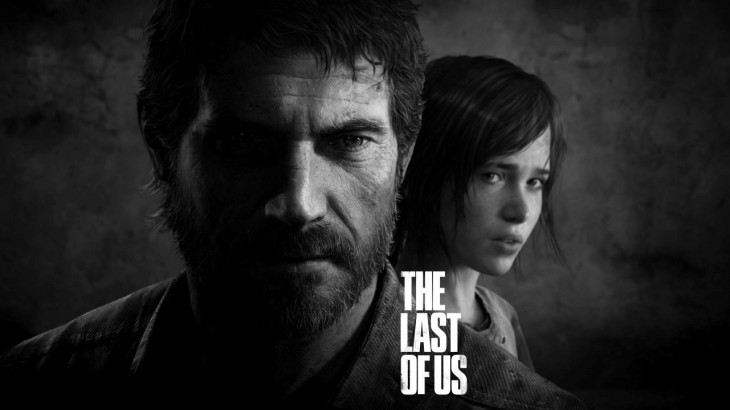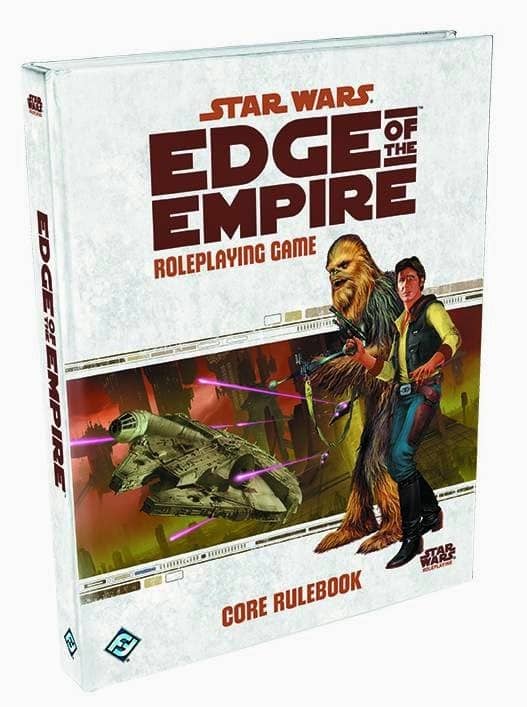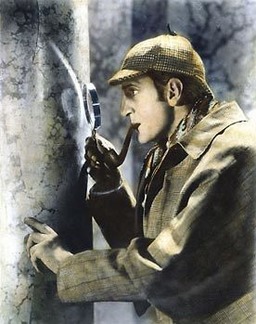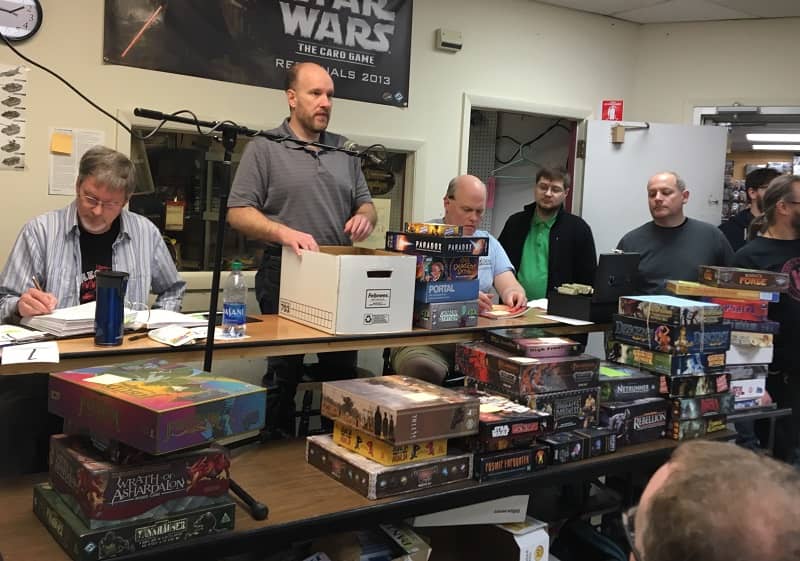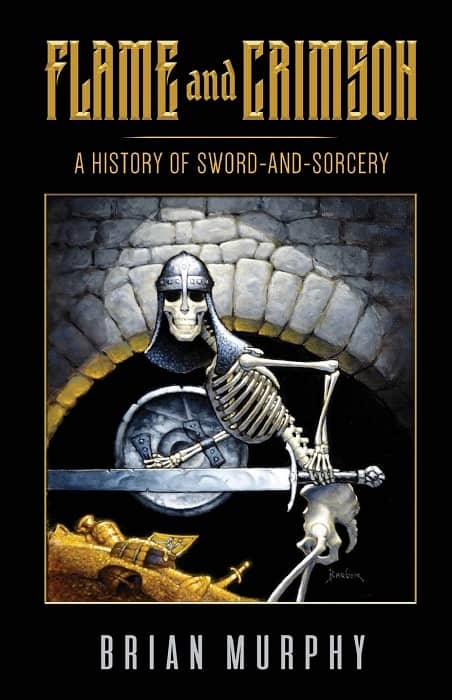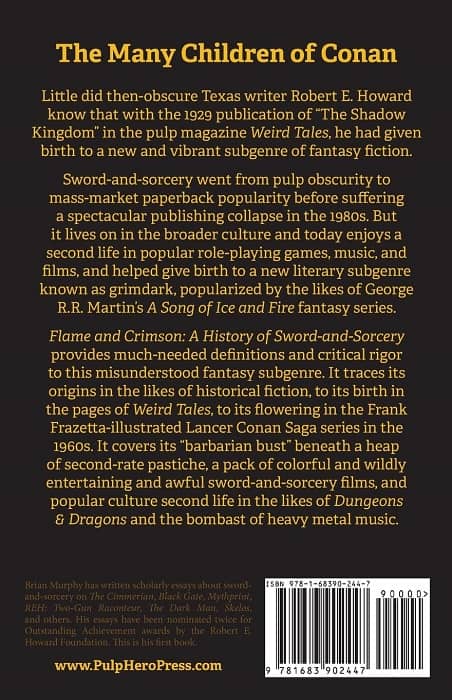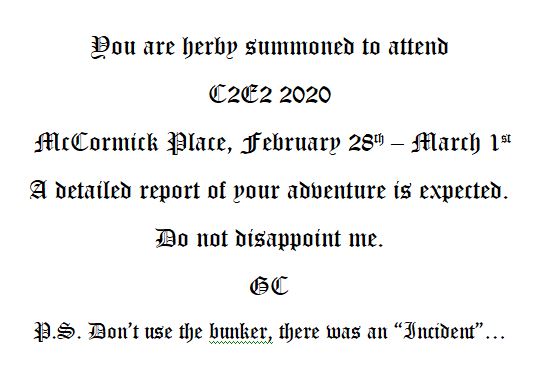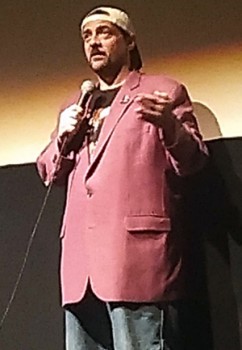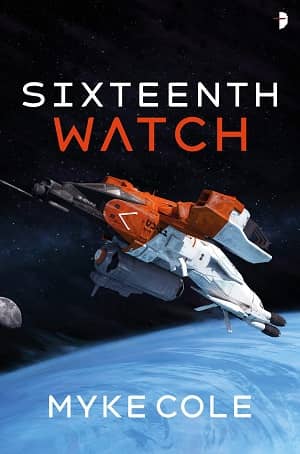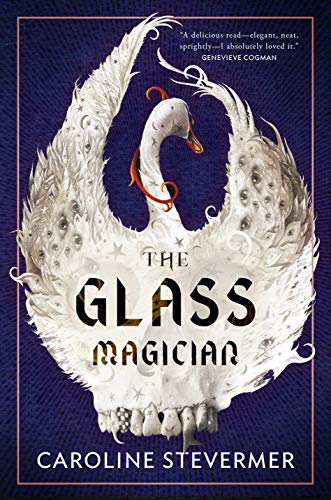 Bound to a chair, twenty-year-old stage magician Thalia Cutler must escape before the sword hanging above her head plunges down and kills her. She only has a short time – a candle burns through the rope keeping the sword aloft.
Bound to a chair, twenty-year-old stage magician Thalia Cutler must escape before the sword hanging above her head plunges down and kills her. She only has a short time – a candle burns through the rope keeping the sword aloft.
The sword is real. The flame is real. The manacles are real.
The trick is called the Siege Perilous. Luckily, the audience can’t see what she’s doing behind the curtain. Thalia pulls out the manacles’ key, which was hidden in her voluminous medieval-style sleeves. It’s a simple matter to unlock the cuffs. Or at least, it should be. The key jams in the left manacle. It won’t release.
She yanks her arm against the restraints, but it no use. She’s caught on this chair, unable to escape. She’s going to die. She knows it. Her body goes numb; her limbs prick with pins and needles.
Just as the rope begins to give way, her arm changes into something else. It’s white; it has feathers… Where her human hand should be, she now has the tip of a wing. It easily slips out of the manacle.
Vaulting out of the chair, she barely makes it through the trapdoor before the sword lands, quivering, on the seat.
Thalia might have just escaped the Siege Perilous, but now she’s in more danger than ever. She had always thought she was nothing more than a Solitaire, a nonmagical human. But her narrow escape from the Siege Perilous reveals she’s really a Trader who can shapeshift into an animal – in her case, some animal with white wings. As a new Trader who can’t control her wild magic, Thalia is a magnet for monsters. Manticores attack, trying to siphon off her power and leave her a soulless shell, soon to perish. Worse yet, by attracting manticores, she endangers everyone around her.
…
Read More Read More
